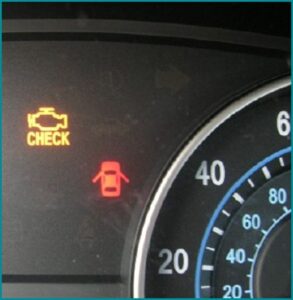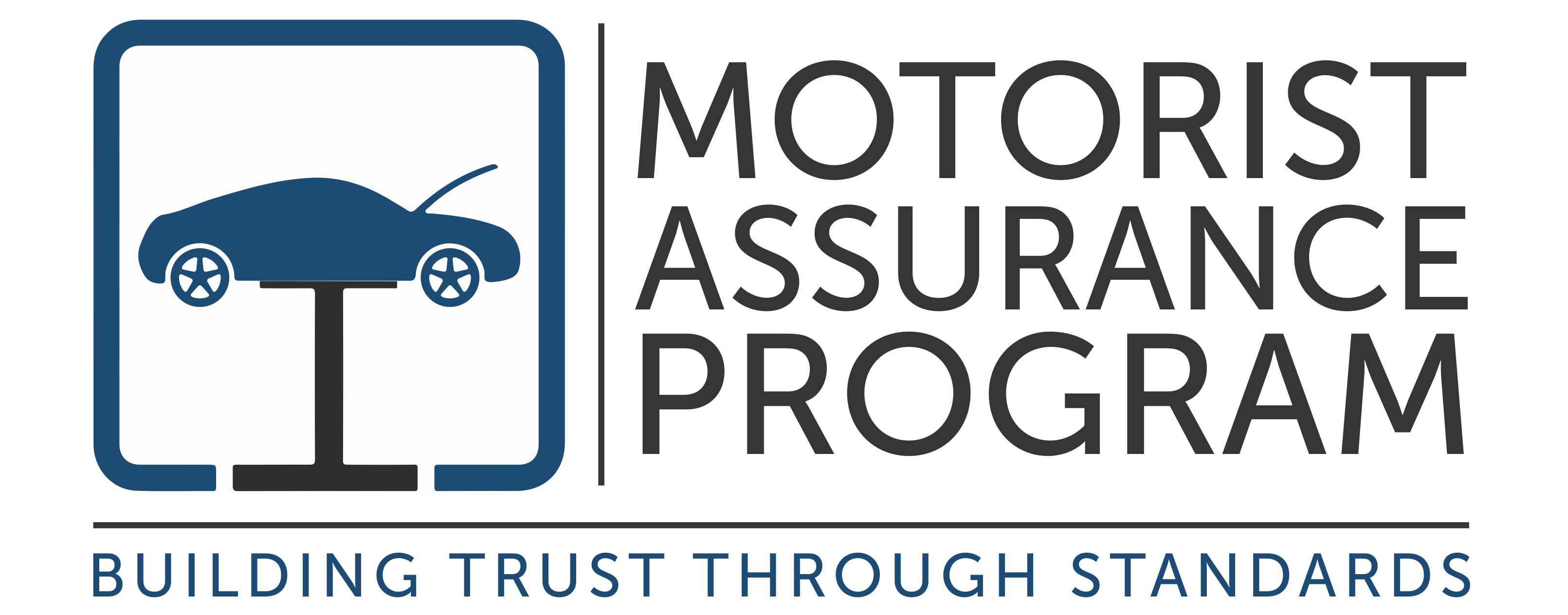What is it?
If you Check Engine Light is a warning light that informs you there is an issue with your emission related components of the vehicle and is part of your vehicles’ onboard diagnostic (OBD) system. Computers have control and monitor vehicle performance, regulating such variables as engine speed (RPM), fuel mixture, and ignition timing, and may even tell the automatic transmission when to shift.

What does it mean?
If the check engine light illuminates, it will either blink or remain constant, depending on the problem. Either way, you should have the vehicle checked by a Qualified Service Technician as soon as possible.
If the light is steady. The problem is not an emergency, but you should schedule an appointment as soon as possible.
A blinking light usually indicates a severe engine misfire allowing unburned fuel to be dumped into the exhaust system. There it can quickly raise the temperature of the catalytic converter to a point where damage is likely, requiring an expensive repair. If this occurs, you should reduce power and have the vehicle checked as soon as possible.
Today’s automotive computers often try to compensate when there’s a problem: so you may not notice deterioration in performance, even though your fuel mileage is suffering and your vehicle may be emitting unacceptable levels of hydrocarbons and/or other pollutants.
If the check engine light comes on:
Look for a serious problem that requires immediate attention.
Check your dashboard gauges and lights for indications of low oil pressure or overheating. These conditions mean you should pull over and shut off the engine as soon as you can find a safe place to do so.
Try tightening your gas cap.
This often solves the problem. Keep in mind that it may take several trips before the light resets. Some vehicles have a separate indicator that warns of a loose gas cap before the condition sets off the check engine light.
Reduce speed and load.
If the check engine light is blinking or you notice any serious performance problems, such as a loss of power, reduce your speed and try to reduce the load on the engine. For example, it would be a good idea to stop towing a trailer. Have the car checked as soon as possible to prevent expensive damage.
Have the code read and the problem fixed.
Take the vehicle to a professional. Some automotive parts stores will read and interpret the code for you. However, unless there is an easy solution to the problem, you should have the vehicle diagnosed by a qualified service technician to properly find the root of the problem. This is where the real meaning of codes comes into play. The only thing a code really indicates is which system or circuit to test in order to isolate the actual problem.
Each numerical code has a matching-numbered test procedure. Following that test will direct you to the problem. Each step of each test must be performed in absolute sequence. skipping steps or performing steps out of sequence could make the entire test worthless. Tests may also give you voltage, resistance, temperature, or time specifications, which are exact values. Close doesn’t count.
Don’t confuse the Check Engine light with the maintenance reminder or service interval light. These lights illuminate when a routine service is due. They are usually triggered by mileage, amount of fuel consumed, or some other type of vehicle-use measurement.
Common causes:
- Loose Gas Cap
- Oxygen Sensor
- Spark Plug/Ignition Issue
- Catalytic Converter
If you need help finding a repair shop near you, click the “Find My Shop” button to find trusted shops in your area.



